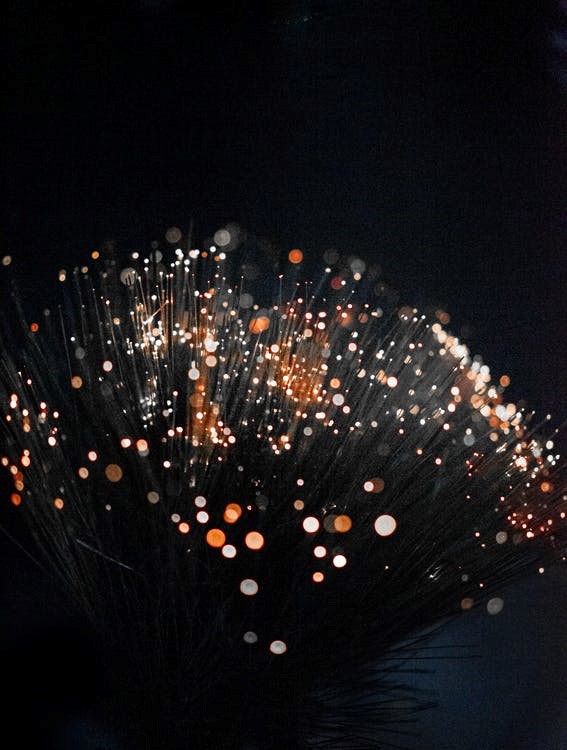What Not to Do When Installing a Fiber Optic Cable
Fiber optic cables are a groundbreaking technology that has offered numerous advantages to the telecommunication industry. However, these cables are quite prone to damage during installation. Here are 6 pointers to help you avoid damaging a fiber optic cable when installing it.
Things to Avoid During Fiber Optic Cable Installation
Do Not Go Below the Minimum Bending Radius
Fiber optic cables are manufactured with a specific minimum bending radius in mind. At no point during the installation should the wire be bent less than the specified minimum bending radius. This can lead to increased bending losses and even internal fiber fractures. A cable’s minimum bending radius is usually more than 20D, where D is the cable’s diameter.
Don’t Over-Twist the Cable
Fiber optic cables are designed to withstand a specific amount of twisting and torsion. Excessive cable twisting increases the risk of damaging the internal fibers significantly. For this reason, it is suggested that you employ an anti-twisting device when pulling the cable.
Do Not Exceed the Pulling Tension
Like most other properties of a fiber optic cable, it’s tensile limit has also been pre-set during the designing of the cable. If you or the installer exceed this tensile limit when pulling the cable, you risk altering other properties of the cable.
Do Not Pull Directly On the Fibers
Fiber optic cables are designed with fiberglass rods or Kevlar aramid yarn as the strength member of the cable. When pulling the cable, be sure to pull on the mentioned strength member instead of the fiber itself, which could break or get damaged.
Ensure the Cable is Long Enough
Ensure that the length of cable you get is long enough to cover your requirement. This helps you avoid splicing your fiber optic cable, which is a complicated and expensive process.
Use a Lubricant
Using an appropriate fiber optic cable lubricant when installing the cable in conduits can substantially reduce the pulling load, in doing so, lowering the likelihood of damaging or breaking the cable. Make sure that the lubricant you use is compatible with the material of the cable jacket.
Conclusion
Strictly following the points outlined above should make your fiber optic cable installation smooth and efficient by helping you avoid accidental cable breakages.

